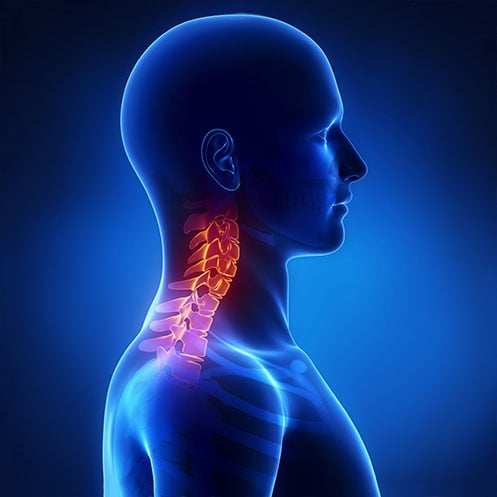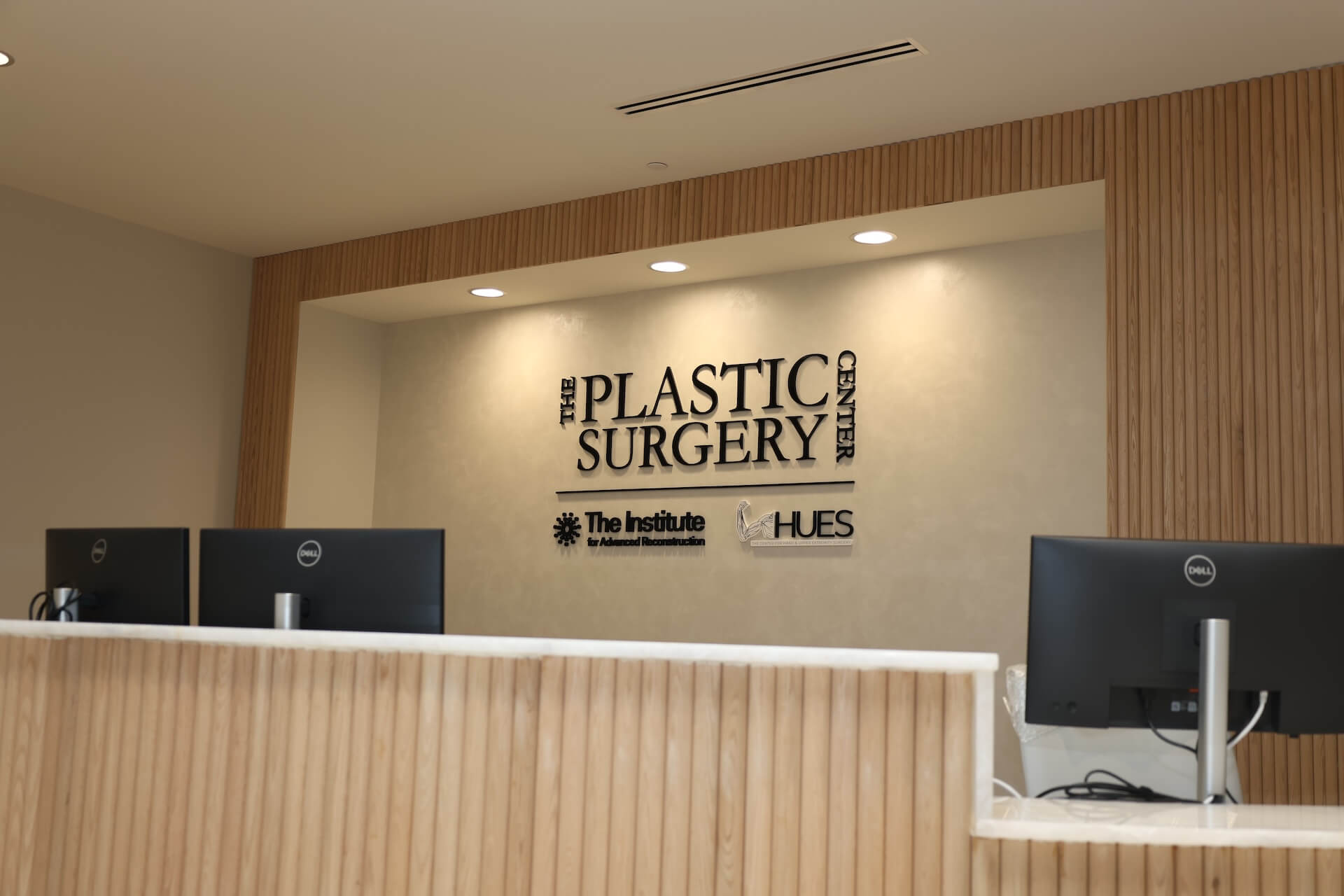Spotlight on Pronator Teres Syndrome: Symptoms, Diagnosis, and Treatment Options
Pronator Teres Syndrome (PTS) is a nerve compression condition affecting the median nerve in the forearm. It occurs when the pronator teres muscle, which helps rotate the arm, presses on the nerve, causing pain, numbness, and weakness.
“For sufferers, this can make everyday tasks like typing, gripping objects, or even turning a doorknob difficult,” explains Dr. Shah, a surgeon with The Center for Hand and Upper Extremity Surgery. Fortunately, there is hope—by understanding unique symptoms and treatment options for PTS, you can regain function and find relief from PTS pain.
Pronator Teres Syndrome Symptoms
PTS develops gradually and often presents with symptoms that can be mistaken for other nerve-related conditions, like carpal tunnel syndrome, but amplified. This is because PTS can present with some traditional symptoms that overlap with carpal tunnel syndrome, but with some additional distinguishing features that affect the person’s forearm.
PTS symptoms tend to worsen with repetitive arm movements, gripping, or rotating the forearm, making daily tasks more challenging. Those affected by PTS have also described symptoms that have included:
- A burning sensation along the forearm or into the hand
- Hand clumsiness or difficulty with fine motor tasks
- Increased discomfort with activities like typing, gripping, or turning a doorknob
- Numbness or tingling in the thumb, index, and middle fingers
- Pain and tenderness in the forearm, especially near the elbow
- Pain that worsens with rotation, such as turning a screwdriver or opening a jar
- Weak grip strength, making it difficult to hold objects
“These symptoms can be very problematic for PTS patients, so recognizing them early is key in preventing further nerve irritation and facilitating effective treatment,” explains Dr. Shah.
Diagnosing Pronator Teres Syndrome
To diagnose Pronator Teres Syndrome, doctors use a combination of patient history, physical examination, and diagnostic tests to confirm the condition. Specifically, these include:
- Patient History & Symptom Review: The doctor will ask about symptom patterns, daily activities, and any repetitive motions that may contribute to nerve compression syndromes.
- Physical Examination: A hands-on assessment helps identify pain points and nerve dysfunction. Common Pronator Teres Syndrome tests include:
- Resisted Forearm Pronation Test: The doctor applies resistance while the patient rotates the forearm inward. Increased pain suggests PTS.
- Tinel’s Sign at the Forearm: Light tapping over the median nerve in the forearm may reproduce tingling or pain.
- Compression Test: Pressing on the pronator teres muscle while the patient moves their hand and wrist may trigger symptoms.
- Nerve Conduction Studies (NCS) & Electromyography (EMG): These tests measure nerve function and can help differentiate PTS from carpal tunnel syndrome or other nerve entrapments.
- MRI or Ultrasound (if needed): Imaging may be used to rule out structural abnormalities, such as muscle enlargement, tumors, or fibrous bands pressing on the nerve.
An accurate diagnosis is crucial to developing an effective treatment plan, ensuring that symptoms don’t worsen over time.

How to Treat Pronator Teres Syndrome
Treatment for PTS typically begins with non-surgical approaches to relieve symptoms and reduce nerve compression. Physical therapy, for example, can help by stretching and strengthening the forearm muscles to relieve pressure on the median nerve. Anti-inflammatory medications or corticosteroid injections may also be used to reduce pain and swelling.
However, surgical intervention may be considered in cases where conservative treatments have failed. This is also true for those who have previously been diagnosed with carpal tunnel syndrome and have had carpal tunnel release but still have symptoms, as this could indicate a misdiagnosis.
Pronator teres release surgery relieves pressure on the median nerve by surgically cutting or loosening the pronator teres muscle and surrounding tight tissues, allowing the nerve to move freely and reducing compression-related symptoms. This procedure is typically performed on an outpatient basis, with physical therapy to restore strength and function.
Restore Function with Expert Care Today
“Like with any nerve condition, early treatment is crucial for preventing long-term damage and improving overall function,” Dr. Shah advises, “and with the right approach, most individuals with PTS can regain normal hand and arm use.”
If you or someone you know lives with symptoms of Pronator Teres Syndrome, we encourage you to contact Dr. Shah today. With early intervention and expert care, symptoms of PTS can be reduced or eliminated so that you can live life again on your terms.
At The Center for Hand & Upper Extremity Surgery, we treat Pronator Teres Syndrome, finger arthritis, shoulder and elbow arthritis, wrist arthritis, chronic pain, and more.
If you’re ready to explore surgical options for PTS, contact Dr. Shah and the surgical care team at The Center for Hand & Upper Extremity Surgery, part of The Institute for Advanced Reconstruction, for a consultation today.









